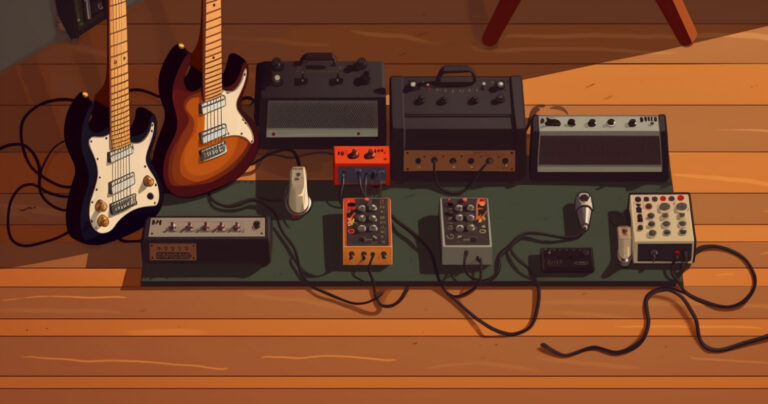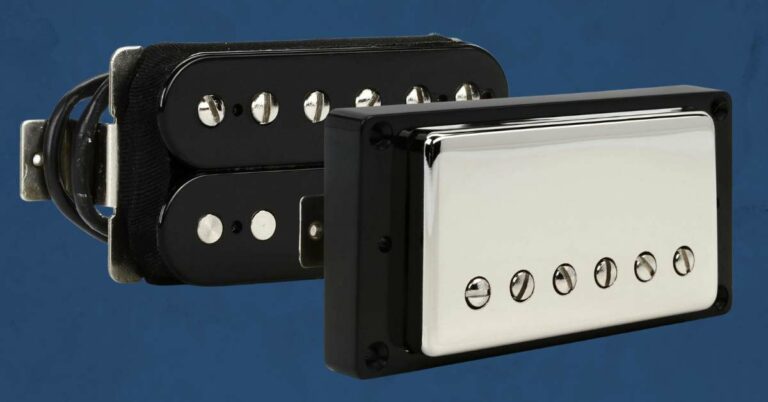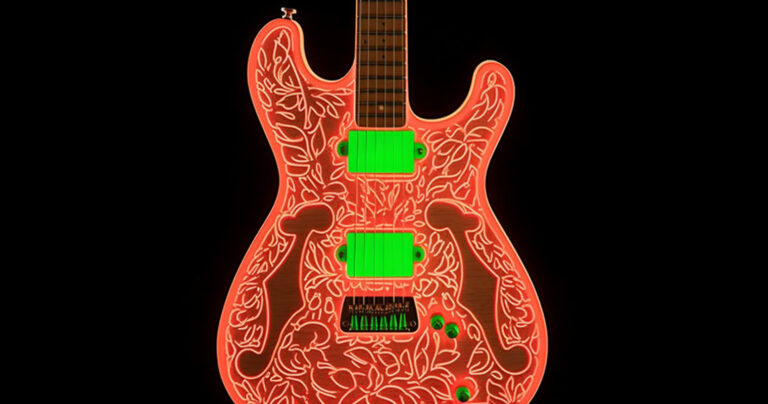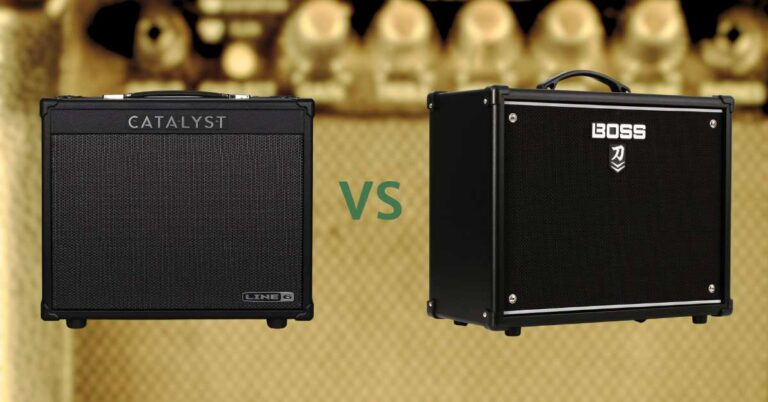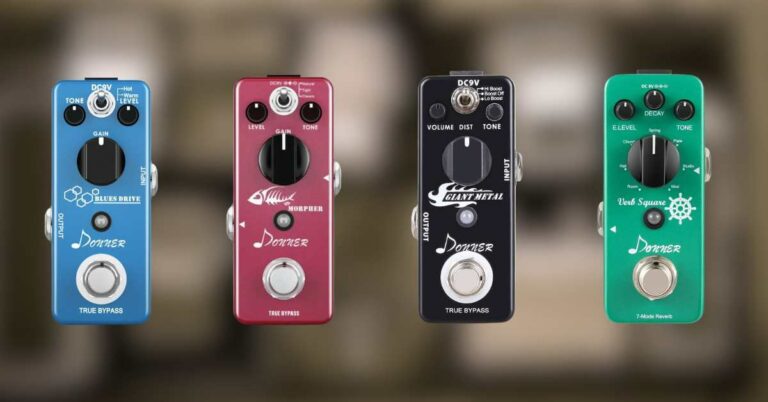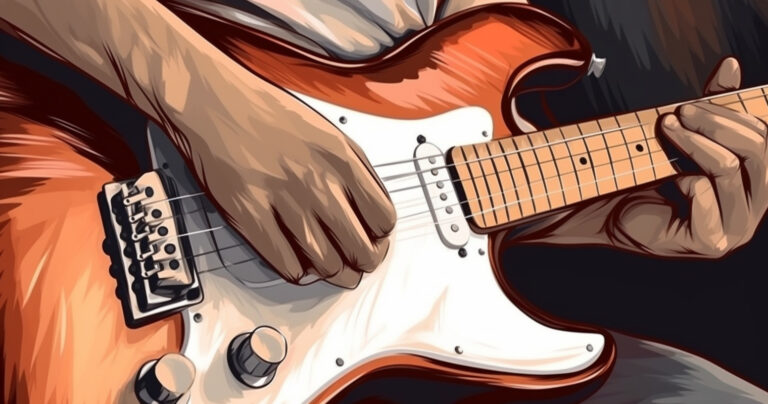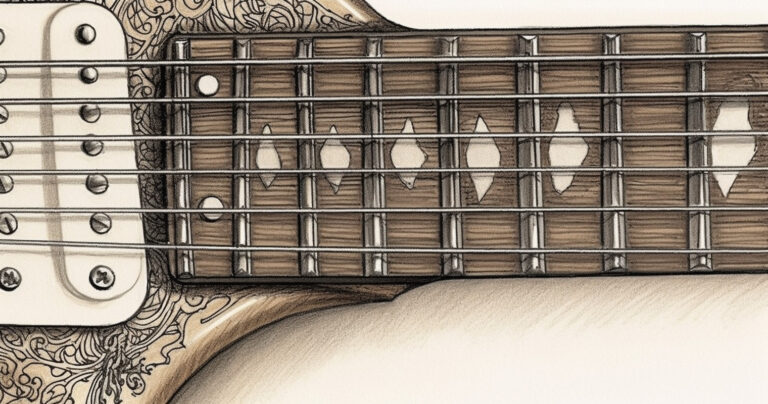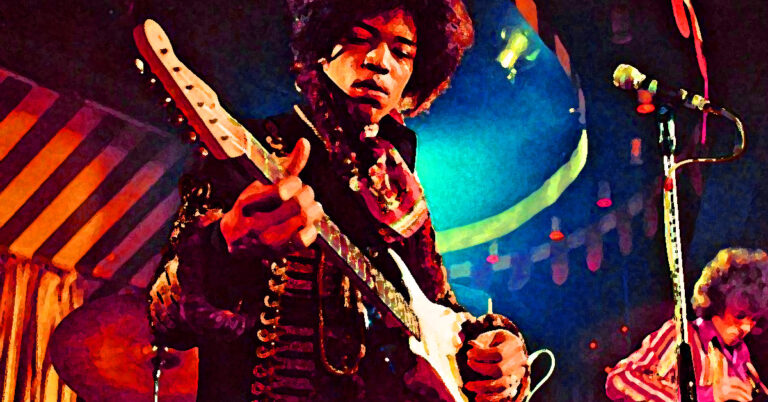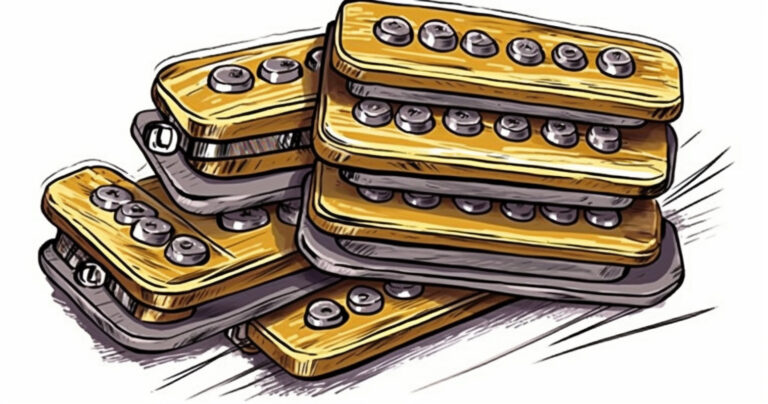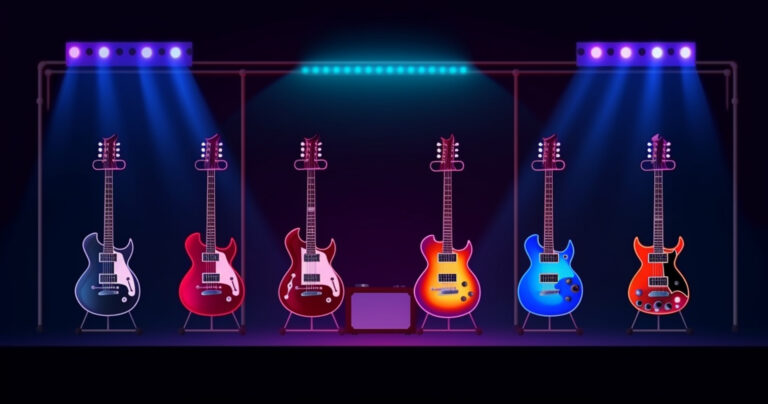The EVH “Brown sound” is a highly sought-after guitar tone made famous by Eddie Van Halen. His primary distortion tone came from a Marshall Plexi amplifier turned up all the way using a variac to reduce the power. This is a topic for another day, but the reality is that these amps are getting rare and extremely expensive. Marshall Plexi’s also need to be cranked up loud to get the same tone.
Achieving this sound at a reasonable cost requires the use of specific guitar pedals that can help recreate the signature distortion and overdrive tones. In this article, we will explore some of the best guitar pedals for getting the EVH brown sound.
Top 5 Guitar Pedals for Achieving the EVH Brown Sound
When it comes to guitar tones, few are as iconic as the “brown sound” made famous by Eddie Van Halen. This tone is characterized by a thick, crunchy distortion with plenty of sustain and harmonics. Achieving this sound requires the right gear, and one of the most important pieces of that gear is the guitar pedal.
There are countless guitar pedals on the market, but not all of them are created equal when it comes to getting that EVH brown sound. Here are our top five picks for the best guitar pedals for achieving this iconic tone.
1. MXR EVH 5150 Overdrive
The MXR EVH 5150 Overdrive is a signature pedal designed in collaboration with Eddie Van Halen himself. It’s based on the overdrive channel of his legendary 5150 amplifier and delivers a thick, saturated distortion that’s perfect for capturing that brown sound.
The pedal features controls for gain, volume, bass, mid, and treble, allowing you to dial in your tone with precision. It also has a boost switch that adds even more gain and compression for solos and leads.
2. Wampler Pinnacle Deluxe
The Wampler Pinnacle Deluxe is another great option for achieving the EVH brown sound. This pedal is designed to emulate the sound of a cranked Marshall amplifier, which is a key component of Eddie’s tone.
The Pinnacle Deluxe features controls for gain, volume, tone, and contour, allowing you to shape your tone to your liking. It also has a boost switch that adds extra gain and sustain for solos.
3. Friedman BE-OD
The Friedman BE-OD is a high-gain overdrive pedal that’s perfect for capturing the thick distortion of Eddie’s brown sound. This pedal was designed in collaboration with legendary amp builder Dave Friedman and features two channels (BE and HBE) that offer different levels of gain and saturation.
The BE-OD also has controls for volume, gain, bass, middle, and treble, as well as a tight switch that adds extra low-end definition. It’s a versatile pedal that can be used for a wide range of high-gain tones, but it excels at capturing the EVH brown sound.
4. Wampler Plexi Drive
This is a variation that tends to be more on the side of the Marshall Plexi that EVH used on Van Halen 1. But this pedal has enough gain to get you beyond the natural gain from a Plexi.
Compared to the Wampler Pinnacle, you have less options for voicing, but this is a great pedal if you want the myriad of tones for the old Plexi sound.
5. Fulltone OCD
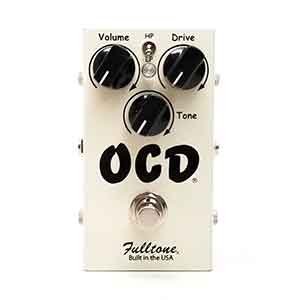
The Fulltone OCD is another versatile overdrive pedal that can be used to achieve the EVH brown sound. This pedal features controls for volume, drive, and tone, as well as a switch that toggles between high and low gain modes.
The OCD is known for its transparent overdrive tone that doesn’t color your guitar’s natural sound. It’s a great option for players who want to capture the essence of Eddie’s brown sound without sacrificing their own unique tone.
Other Pedals for Getting EVH Sound
Getting distortion is just the first step. Throughout his career, EVH experimented with various types of pedals to create his unique tone, but there are several that are particularly associated with his sound.
One of the most iconic effects pedals used by Van Halen was the MXR Phase 90. This pedal produces a swirling, phasing effect that was used by Van Halen on songs like “Eruption” and “Ain’t Talkin’ ‘Bout Love”. He often used the MXR Phase 90 in combination with distortion to create a unique, heavily saturated sound.
Another popular pedal used by Van Halen was the MXR Flanger. This pedal produces a sweeping, jet-like sound that was used by Van Halen on songs like “Unchained” and “And the Cradle Will Rock”. He often used the MXR Flanger in conjunction with the Phase 90 to create a rich, layered sound.
Van Halen also used the Electro-Harmonix Small Clone chorus pedal, which produces a subtle, watery effect. This pedal was used on songs like “Cathedral” to create a dreamy, ethereal sound.
In addition to these pedals, Van Halen also used various delay and reverb effects to create a sense of space and depth in his playing. The Echoplex delay pedal was a particular favorite of his, and was used on songs like “Dance the Night Away” to create a rhythmic, bouncing effect.
Finally, no discussion of EVH brown sound pedals would be complete without mentioning the Dunlop Cry Baby Wah. This pedal has been a staple of Eddie’s tone since the early days of Van Halen and you would often see it on his pedal board later in his career.. The Cry Baby adds a vocal-like quality to your guitar sound that can be used for everything from funky rhythm playing to screaming solos. A lot of people consider a wah pedal to be a desert island pedal since its useful in recreating so many classic songs.
Some of these pedals listed are not too expensive, but most of them have clones and variations that are affordable. I rarely use a phaser, so I just have a small $30 clone that sounds awesome. I actually never use it unless I’m playing Van Halen songs.
In conclusion, getting the EVH brown sound requires a combination of factors, including the right guitar, amp, and pedals. While there are many great pedals out there that can help you achieve this tone, the ones we’ve discussed here are some of the best. Whether you’re a die-hard Van Halen fan or just looking to add some new colors to your guitar sound, these pedals are sure to deliver the goods. Remember to experiment with different combinations of pedals to find the sound that works best for you – after all, that’s what building your own pedalboard is all about ! So go ahead and give them a try – you might just be surprised at how close you can get to Eddie’s iconic tone!





